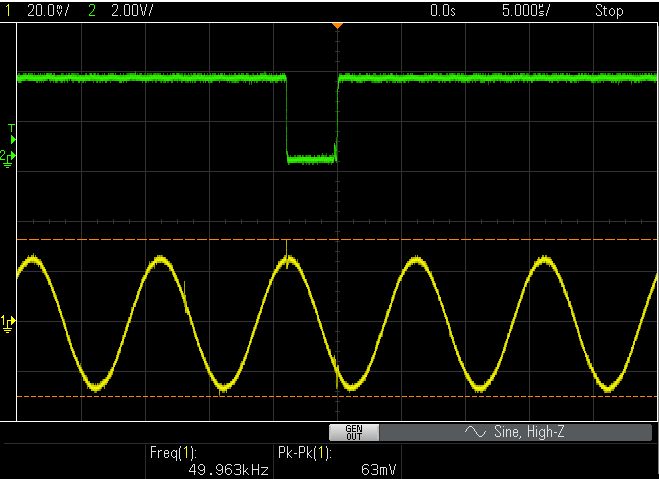Dear Forum,
I am trying to use LMC555 as comparator ("zero" crossing detector) for triggering MSP430 ADC by interrupt.
I would like to ask the VC (5) pin useful range guaranteed by design. For example my VDD is 3,3V, VC=1,5V. The signal is fed to TRIG pin (AC coupling, input is biased externally to comp level 0,75V).
If THR = L then '555 RS FF stores its last state (say, due to TRIG signal OUT->H, it Will store this H level despite further TRIG state). If THR=H, OUT can go back to L.
I experienced quite large (>300mVp) signal needed for reliable triggering and at higher frequencies could not trigged (n*10KHz) despite LMC is advertised a 3MHz device thus assuming it has
comparator response time in the 100ns range. Maybe both the VC both the VDD level is small.
Thanks,
Joseph




